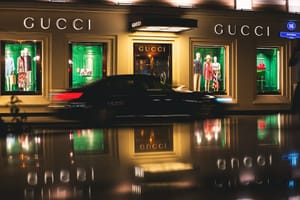The Gucci PESTLE analysis examines the Political, Economic, Socio-Cultural, Technological, Legal and Environmental factors that impact the luxury brand.
Do we even have to get into what Gucci is? Certainly, all of you have not only heard of the iconic brand, you surely have seen their products all across social media platforms. There are many luxury brands out there but Gucci seems to have a cult following. In this Gucci PESTLE Analysis, we will try and analyze what sets this brand apart.
Before we move on, let’s talk a bit about what Gucci is. It was founded in 1921 in Florence, Italy, meaning it is 101 years old! The founder Guccio Giovanbattista Giacinto Dario Maria Gucci (a mouthful isn’t it?) left Italy and lived in London for some time where he worked at a high-end hotel. This is where he took inspiration for fashion amongst the elites of society.
After gaining sufficient experience by working for various high-end luggage companies, he gained enough skills to start a venture of his own. So he bought a shop in Florence and started selling high-end leather luggage. This is how the company that has become a giant today started its journey.
As of now, their product lines include handbags, ready-to-wear, footwear, and accessories, makeup, fragrances, and home decoration amongst other things. However, people mostly know of Gucci because of the fashion world where Gucci apparel is always in demand.
As of December 2021, Gucci has a total of 501 stores located in various parts of the world. As of 2019, we know Gucci employees are a total of 17,157 people. Marco Bizzarri serves as the CEO currently and Alessandro Michele is the creative director.
A PESTLE analysis is the perfect macro-economic tool to use to understand the business impact as well as the performance of this amazing company. For those of you who might be new to the concept, it is an acronym for Political, Economic, Socio-Cultural, Technological, Legal, and Environmental factors.
Let’s see how it can be used to thoroughly analyze Gucci.
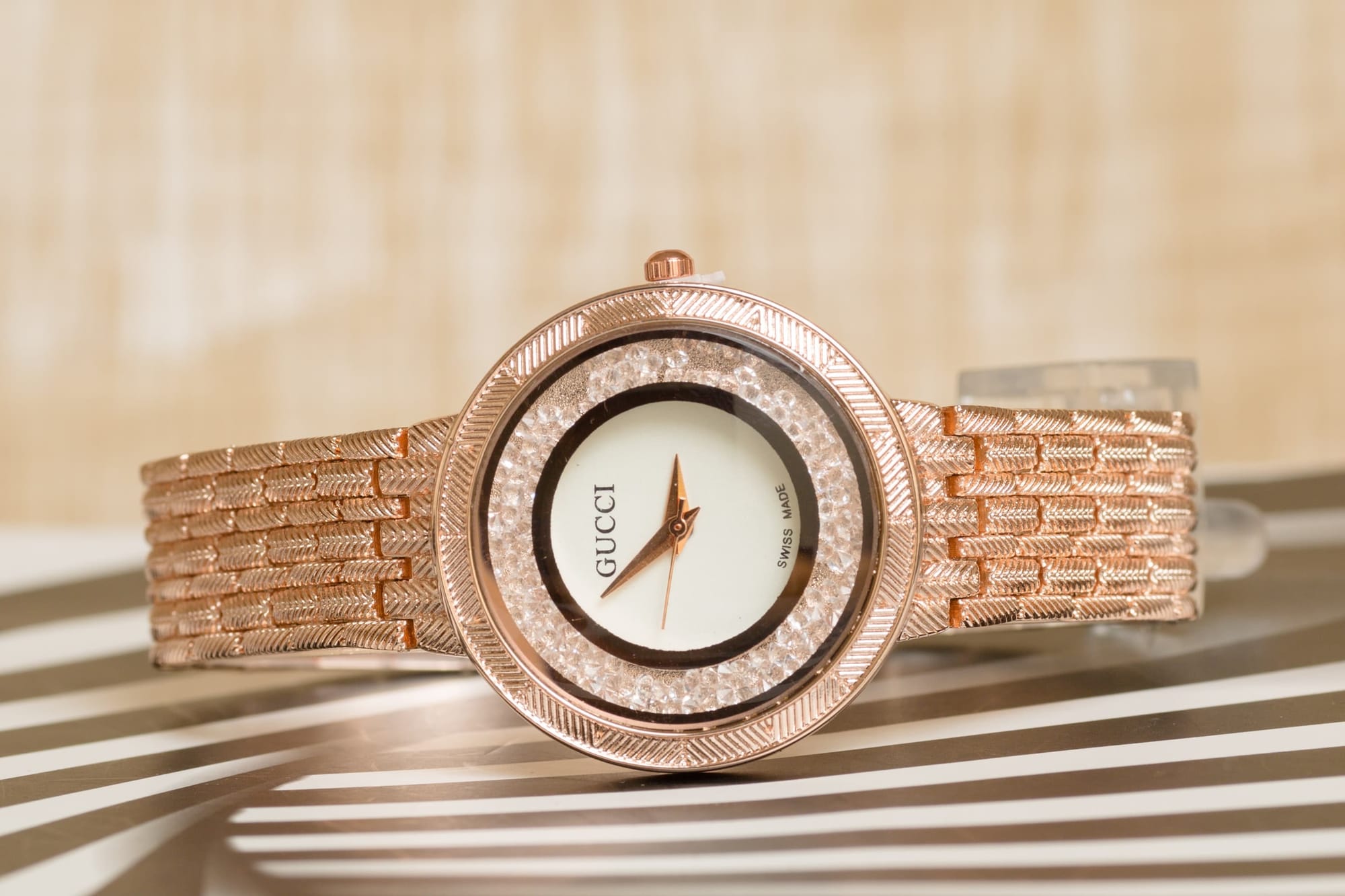
Political Factors
Political factors have a very significant impact on businesses. The biggest issue luxury brands face is regulations when they enter foreign markets. The products might be even more expensive because of the taxation policies and customs duties in different countries.
This obviously makes it very difficult for brands to establish a customer base outside of their home stations.
Usually, brands often choose to steer clear of any political opinions or views simply to avoid becoming controversial amongst the masses. Gucci however does not shy away from supporting certain political narratives.
In 2020 in one of their fashion shows in Rome, Gucci very boldly supported women having autonomy over their reproductive rights and bodies. A model even wore a blazer that had the words “My body my choice” printed on it, clearly depicting that Gucci supports the pro-choice side of the debate.
Gucci came under some fire for political incorrectness in 2019 by featuring a Caucasian model that was intentionally made up to look like having an “Asian Face” with exaggerated make-up. People got infuriated by the fact that Gucci had to use a white woman to depict Asian fashion.
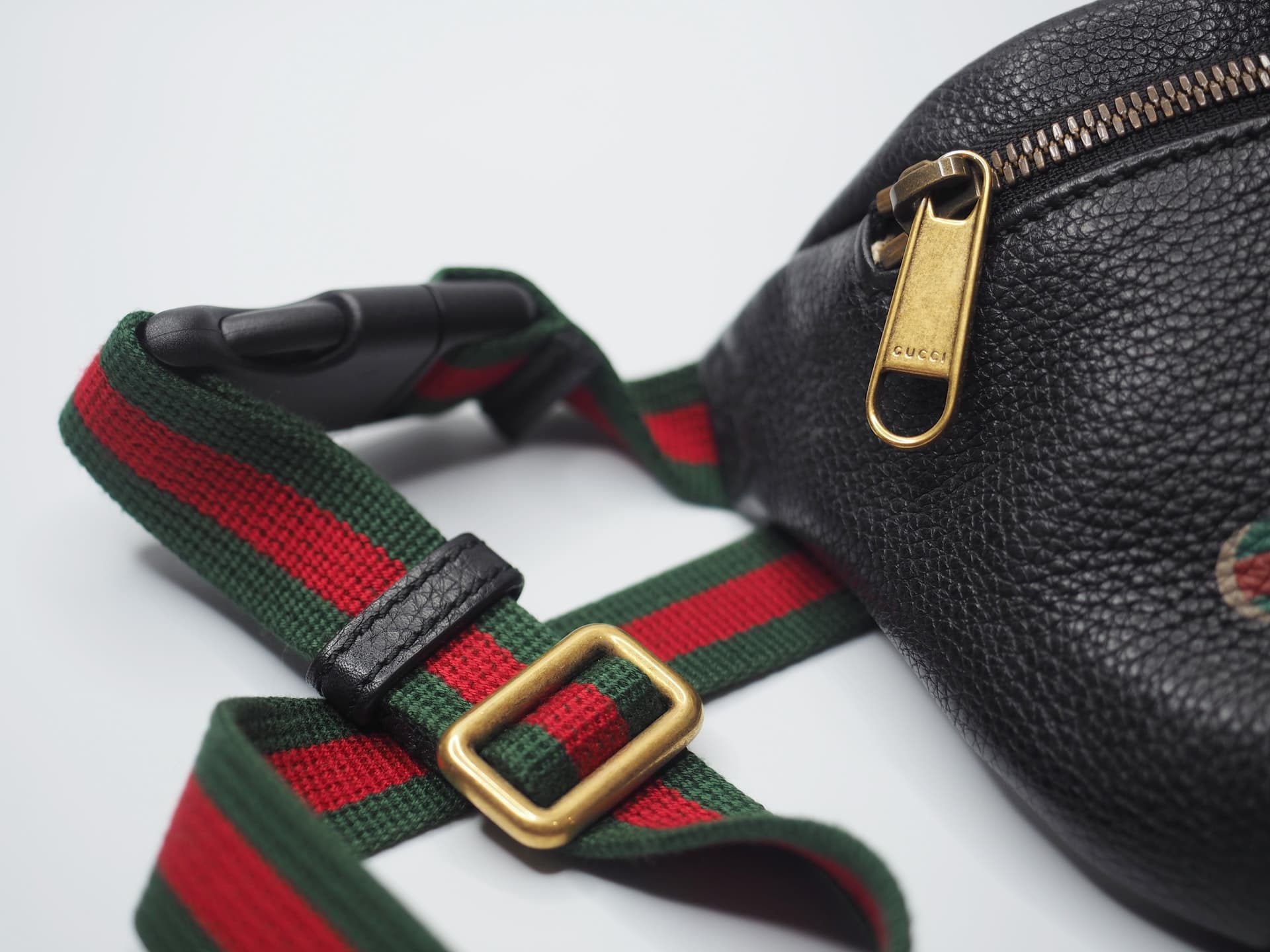
Economic Factors
Just like any other factors we've discussed in this article, businesses are subject to many economic factors as well. As they operate in the markets these factors have a direct and holistic impact on the businesses.
Although now we are thankfully at a place where the global pandemic crisis has been averted, it still managed to take a toll on many of the world’s businesses and Gucci was sadly not an exception.
In China alone, Gucci had to shut down 50% of its stores because of Covid-19 and the resulting lockdown situation.
This is why they made the choice to completely redesign their supply chain. Initially what happened was that the supply would be sent to the various locations at the start of the year, but now the strategy changed keeping in mind the reduction in demand.
The excess stock in China was dissipated to other Gucci locations in other countries so it didn’t go to waste. This is why when the pandemic settled and life slowly began to go back to normal in China, the company decided to invest in two online stores in the country in collaboration with the e-retail giant Alibaba group to ensure sales see a boom again.
These stores were launched on Alibaba’s virtual store called Tmall. Not only was this direct access to Gucci merchandise, but it also ensured that people don’t get scammed with fakes.
The parent company of Gucci, Kering in 2021 was very optimistic about Gucci being able to redeem its sales and revenue. Revenues rose to 17.7 billion Euros which was considerably ahead of what the revenue was like in 2020 and out of this Gucci contributed 9.7 billion Euros.
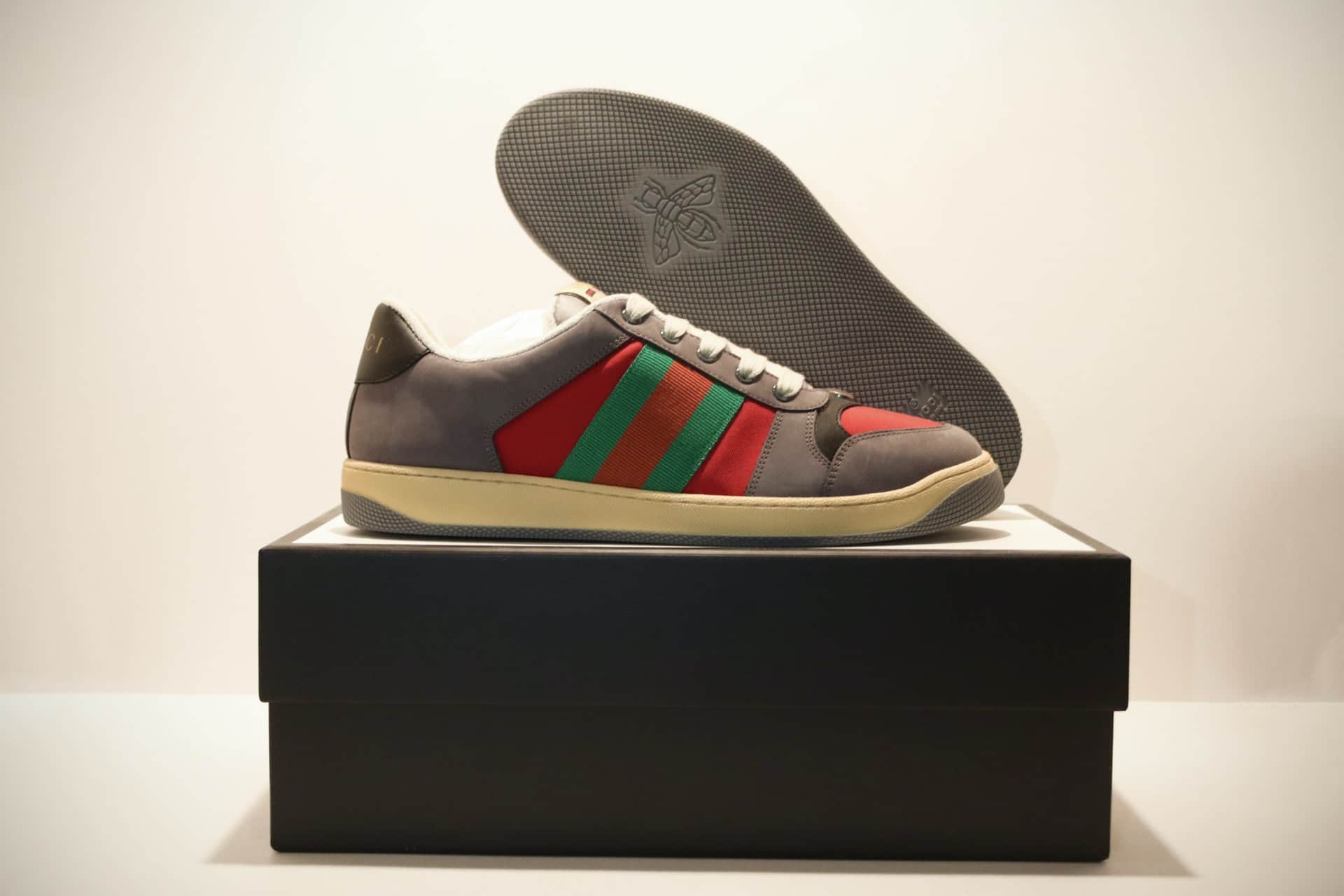
Socio-Cultural Factors
In any PESTLE example, socio-cultural factors have a very significant role because of their impact on how successfully a business incorporates itself into a country’s culture.
Gucci as we all know has a huge impact on pop culture as we know it today. It has become a staple brand whenever high fashion is talked about and no fashion lover can ignore the mark of this brand. In 2018 it even inspired a rap song that went by the name of Gucci gang.
Not only this, Gucci has in fact become somewhat of an adjective in itself. “I feel very Gucci” is considered to be a sentence that actually makes sense to people because it says that I feel very sophisticated and luxurious.
There used to be a time when like other luxury brands, Gucci also kept a highly exclusive outlook on the products they made. However, as time has progressed, the products are still priced at a premium but they rebranded themselves as a “geek-chic” brand basically entailing that Gucci is different and that people who wear the brand have their own unique style.
Ever since 2014, the brand has also been focusing on keeping its products of fashion very gender-neutral, offering varieties for people who don’t identify with one strict gender. Keeping up with the times, Gucci has been able to create itself into a very timeless brand.
Who doesn’t know of the stellar movie “House of Gucci” starring Lady Gaga? The film shows the journey of the company to what we see today. The history of the brand has inspired big filmmakers like Martin Scorcese himself.
Gucci has also been able to keep up with the times very nicely in terms of their marketing. In 2020, they launched a very unique campaign that featured a model with Down’s syndrome.
They have also been active in helping during Covid-19. They donated €2 million to two campaigns that helped people via the civil protection department of Italy and also the Covid-19 Solidarity Response Fund.
Sometimes, however, the brand has made some mistakes regarding its marketing. They were accused of exploiting “black face” when a model wore a black colored sweater with a headpiece that people thought looked very inappropriate.

Technological Factors
A brand as old as Gucci can only do so well in the market by being technologically able. They have a very cool app that allows users to virtually try on different clothes to see what might suit them.
This came very handy for the brand because a Korean app called Zepto allows people to make virtual avatars of themselves in virtual reality. The owner was very keen on trying new Gucci clothes online and this inspired other users to do the same. There is even a virtual Gucci mansion within the metaverse.
So this is how Gucci’s app is different from other similar apps that allow virtual try-on options. They made the app into a game if you will, that allows users to experience the Gucci life.
Back in 2020 when the pandemic was still prevalent, they even started a virtual showroom where the staff would interact live on various digital platforms to allow the people the chance to “experience” the feel of a Gucci store when they could not physically visit them.
Legal Factors
The legal factors hold a greater significance as far as the operations and survival of the businesses are concerned.
If the business is operating in different countries then it is subject to varying legal requirements, statutes, and obligations specific to that country. This is where it becomes challenging for the business.
Let's discuss a few examples.
Brands as high-end as Gucci all face one universal problem regardless of the products they offer; the threat of counterfeit products.
In 2017 they were fortunate enough to actually win 89 lawsuits against Chinese websites that sold Gucci fakes. There were even more lawsuits filed by the company in 2019 against many more such companies around the world that sold counterfeits.
Speaking of lawsuits, the company also got very upset over the film House of Gucci and its portrayal of the family history of the founding members. They even threatened to sue the filmmakers but never proceeded with the lawsuit. According to the company, no one consulted them to make the film more accurate in its depiction.
Environmental Factors
Being such a famous brand in today’s world, Gucci has to be very cautious of its environmental impact. They do a lot as far as CSR goes, such as in 2018 they completely got rid of and banned the use of fur in all of their clothes to curb animal cruelty.
The company is also very big on the concept of carbon neutrality; in 2019 Gucci made the decision to make all of its operations completely carbon neutral.
As far as other efforts go, they plan on reducing their total environmental footprint by a whopping 45% by 2025. The gas emission level is also to be reduced by 50% by the same year. By the end of this year i.e. 2022, they will make use of only renewable energy.
The parent company Kering also came up with an interesting concept. They developed Environmental Profit and Loss Accounting which not only aids in reaching sustainability goals faster, it also makes it easier to improve the different stages of the Gucci supply chain.
A very interesting thing to mention here is that they have achieved a great part of these targets well ahead of the decided time. The Environmental Profit and Loss data for the year 2020 revealed that in terms of reducing gas emissions, water consumption, air, and water pollution, and use of land, and waste, Gucci was 5 years early to the target.
Not only was it early, but it also surpassed the goal of 40% to 44% in total reduction! So not only is it impressive, but it also goes to show that, unlike many brands, Gucci is actually committed to the environment outside of making huge claims as well.
This PESTLE template proves that Gucci has been around for more than a hundred years for a reason; the brand does as much for the environment and its people as it does for its own success.
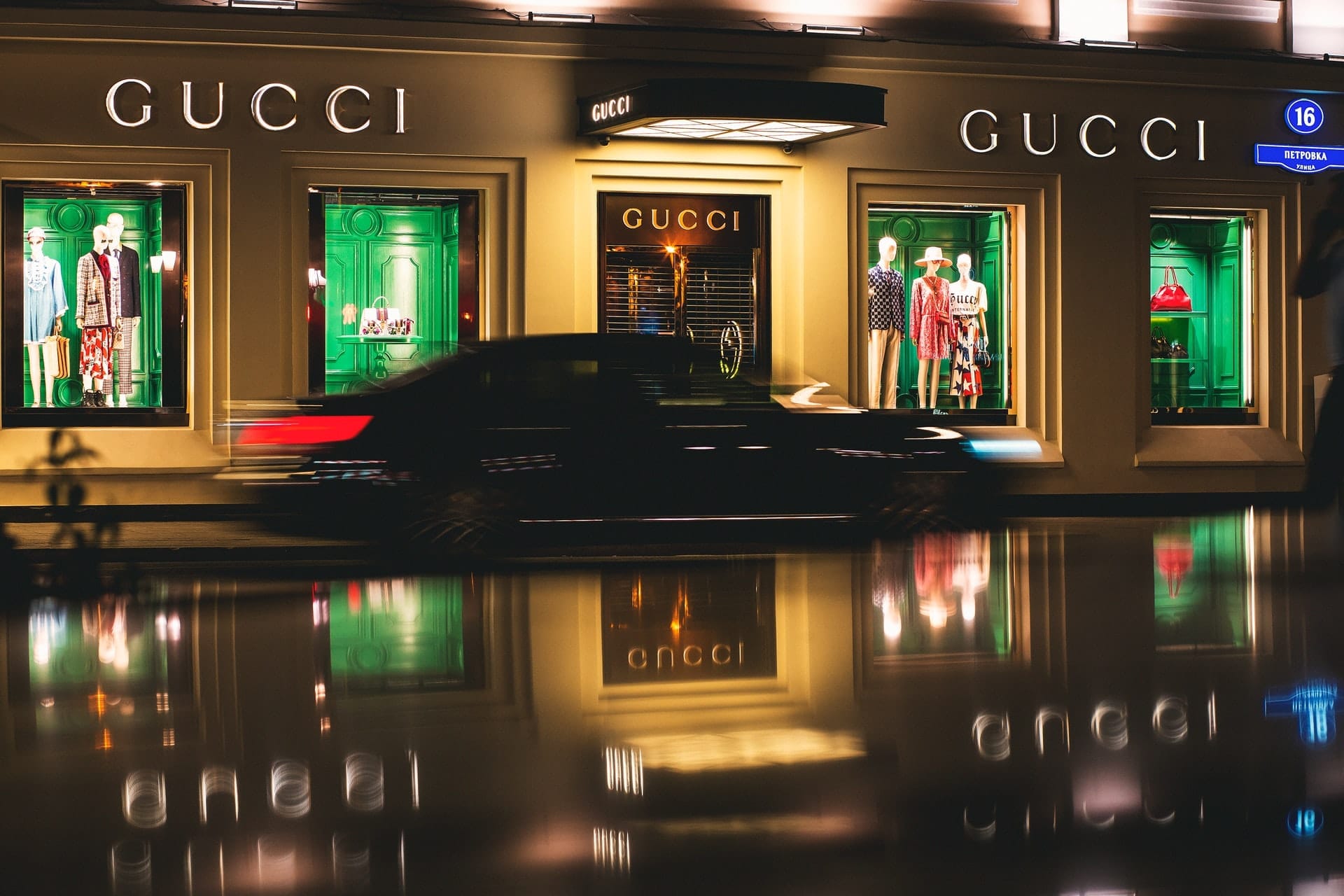
Gucci PESTLE Analysis: Final Thoughts
Before we conclude the article, there is a lot, to sum up here. Not only did we intimately get to know about Gucci and their business, but we have also learned how one can conduct a PESTLE analysis.
In this piece, we have seen how the PESTLE explains the brand and its performance. It is completely safe to say that Gucci is a stellar brand with a very promising and bright future ahead despite being millennia old!
They have a few things that they need to be wary of to make sure that business keeps booming. The counterfeit threat still haunts Gucci and will continue to do so in the absence of strict action. The issues they face with political incorrectness might haunt them for some more time in the future.
They can always be more innovative with technology; however, the things that they have going on for them are nothing short of extraordinary. The best part is that Gucci is an environmentally conscious brand and they put their money where their mouth is.
They don’t fool around with their claims, they actually invest in the work to make sure that they reduce their carbon footprint on the world as much as possible, something that many brands can and should learn from them. If you would want to know more about Gucci’s performance, do take a look at the Gucci SWOT analysis as well. You can never know enough!


